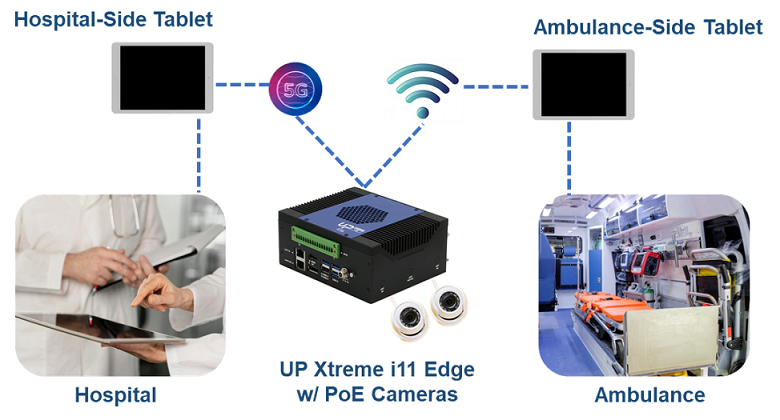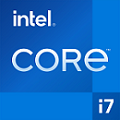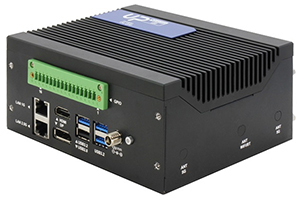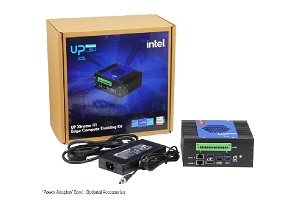Resuscitating Telemedicine – Embedded Solutions Solve Medical Emergencies

The widespread adoption of remote healthcare solutions began as a temporary measure introduced to curtail the transmission of COVID-19. However, due to its effectiveness, telemedicine has evolved to become a routine facet of healthcare provision for practitioners across specialties. Curiously though, one area that has thus far not seen remote solutions implemented is emergency care.
In Taiwan, healthcare authorities wanted to change this, with the objective of using smart healthcare solutions to reduce the number of ambulance patients being declared dead on arrival (DOA) when they reach hospitals. The authorities identified that when patients in critical condition are transported to hospital for emergency care, the difference between life and death can come down to a matter of minutes. Therefore, they paired with a large telecommunications provider to enable emergency services workers to perform more complex medical interventions en route to the emergency room, with the remote assistance of doctors already at the hospital.
Application Requirements
The proposed system would utilize a gateway system located in the ambulance, which would act as a conduit between ambulance personnel and doctors at the hospital. Cameras connected to the system would provide live images of the patient’s condition to the doctors, which would be received via tablets. Using the hospital-side tablet, the doctors would communicate with emergency services workers in the ambulance to guide them on the medical interventions required based on the patient’s condition. Both the healthcare authorities and their telecommunications partner recognized that there were several key attributes that the computer needed in order to make this two-way communication system feasible.
Low-Latency
With lives at stake, it was vital that any solution be able to transmit the necessary data with speed and minimal latency so doctors could provide guidance to ambulance personnel during ongoing crises, and to respond immediately in the event of adverse developments or patient deterioration.
Strong Processing Power
Along with high-bandwidth data transmission, the images relayed to the doctors had to be of the highest quality, to avoid misdiagnosis or difficulties recognizing signs of imminent complications. Therefore, the solution would require a CPU with high processing power, ensuring support for more sophisticated peripheral cameras and the rendering of high-resolution images obtained from them.
Architecture

The application used the UP Xtreme i11 Edge, mounted on the ceiling of the ambulance, as a conduit to form bilateral communication between ambulance personnel and doctors, with audiovisual data gathered via peripheral hardware such as mobile tablets and PoE cameras connected to the device.
Images of the ambulance’s interior were obtained via two PoE cameras connected to the UP Xtreme i11 Edge's LAN ports, which were then relayed via 5G to mobile tablets located at the hospital. This was achieved by the installation of a 5G expansion module in the UP Xtreme i11 Edge. To transmit audiovisual communication to the ambulance-side tablet, including instructions from the doctor, the UP Xtreme i11 Edge also incorporated a Wi-Fi module.
With this combination of both wired and wireless connections, ambulance workers could use the handheld tablet to report the injury status of patients with a doctor at the hospital. Using the images, the doctors could advise the ambulance personnel on which course of action to take, or even remotely guide them in performing surgical intervention using images from the ambulance-side tablet’s camera.
Why the UP Xtreme i11 Edge?

Low-Latency Bilateral Communication

Equipped with an M.2 2230 E-Key, the UP Xtreme i11 Edge accommodated a Wi-Fi 6 module, enabling it to transmit data to and from the ambulance-side tablet. Similarly, the device supported a 5G expansion module for wireless communication with the hospital-side tablet via its M.2 3052 B-Key.
The most crucial part of this setup was its low latency, given the time-sensitive nature of the situations the application aimed to address. By utilizing 5G and Wi-Fi 6 concurrently, image data could be quickly and reliably transmitted between the hospital and ambulance, allowing the doctor to assess critical situations more urgently.
The CPU for CPR

Powered by the 11th Generation Intel® Core™ i7-1185G7E Processor, the UP Xtreme i11 Edge provided 4 cores and 8 threads of performance in a compact edge system, which aligned well with the demands of the application.
This CPU offered fast and sophisticated processing alongside support for the UP Xtreme i11 Edge's LAN interface, which housed one 2.5GbE ethernet port for Intel® I225-IT and one GbE port for Intel® I219-LM with vPro® Technology. As such, the PoE cameras connected via these ports benefitted from a high data transmission rate while also producing better quality images than alternative peripheral hardware such as USB cameras.
Impact
Given the logistical challenges that ambulances face in Taiwan, such as heavy traffic in urban districts and the remote, mountainous terrain of rural townships, this application shows that telemedicine has a large role to play in reducing the number of critical patients reaching the hospital dead on arrival. The impact of this primarily comes from the application’s interactivity, wherein medical and even surgical intervention can be undertaken on the ground under the remote guidance of experts.
The application also scalability potential insofar as contingency planning for natural disasters is concerned. Taiwan is frequently beset by earthquakes and landslides, particularly across rural areas in the island’s east, and so applications such as this could feasibly be introduced to reinforce emergency response teams in such events.
UP XTREME i11 EDGE
UP System powered by 11th Generation Intel® Core™ i7/i5/i3/Celeron® Processor SoC
更多介紹UP Xtreme i11 Edge Enabling Kit
11th Generation Intel® Core™ i7/i5 Processor SoC (formerly Tiger Lake UP3)
更多介紹

